Wine Chronicles: The 2025 Reader Poll Snapshot
What more than 1,000 poll responses reveal about the concerns, tastes and values of this year’s Wine Chronicles community
Editor’s note: Dan Berger is taking a short break, but he’ll be back soon with more Wine Chronicles. In the meantime, the Napa Valley Features team thought it was the perfect moment to pause and reflect — not just on Dan’s writing, but on you, the readers.
Each week Dan’s columns have ended with poll questions. You’ve answered them enthusiastically, sharing your preferences, concerns, habits — and more than a few strong opinions. With more than 1,000 responses gathered in just the past few months, a clear portrait has emerged.
So, who are the Wine Chronicles readers? What do you care about? What are you drinking? And what, frankly, are you fed up with?
Today’s article is a snapshot of those insights — part data dive, part portrait of an engaged community. Whether you’ve been reading since the early days, were pulled in by “The Glut,” or recently joined us for the Cabernet Franc revival or the return of dry chenin, it reflects the evolving conversations.
And don’t forget to take this week’s reader poll on non-alcoholic wines. Scroll to the end of the article to cast your vote — and while you’re there, check out the first non-alcoholic wine we’ve ever highlighted for Napa Valley Features readers.
A Snapshot of the 2025 Wine Chronicles Reader
This week’s column is about the people behind the Wine Chronicles polls — a community of readers who don’t just drink wine but help shape the conversation around it.
You’ve told us you care about balance, aging potential, transparency and fair pricing. You’re skeptical of marketing gloss and increasingly drawn to overlooked varietals. You prefer wines that pair well with food and reflect a sense of place. And above all, you value compelling writing that respects both your palate and your perspective.
The word cloud below highlights the most frequently mentioned themes from this year’s polls — capturing what’s on readers’ minds.
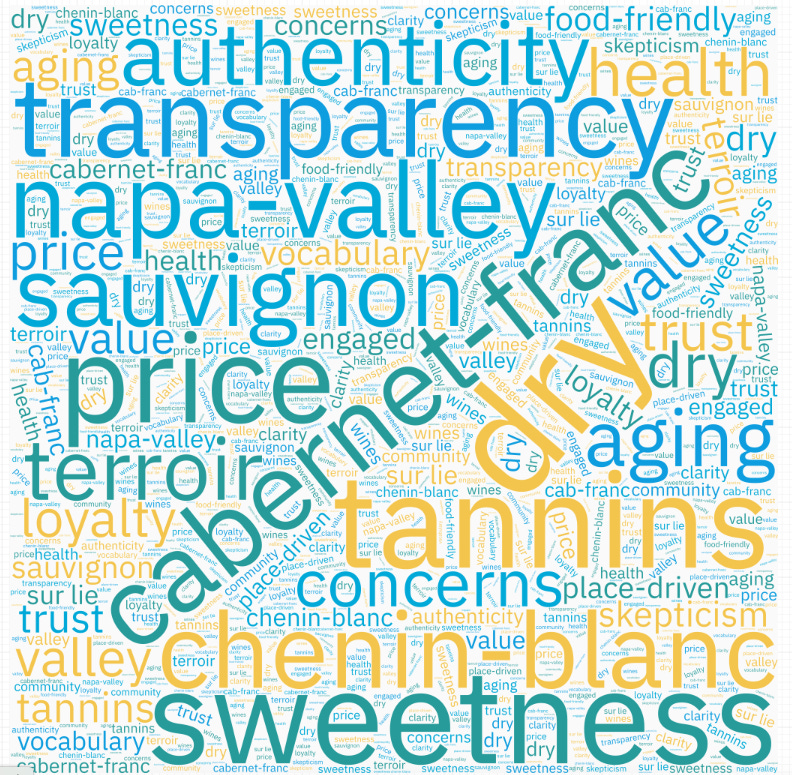
Before we continue with the takeaways from the first five months of 2025 poll responses, challenge your vocabulary with this week’s mystery word. Submit your answer in the poll, and check the bottom of the page for the correct answer.
Key Insights & Themes
1. Aging Gracefully
From “Clearly Diminished” to “The Glut,” it’s clear readers value aroma and flavor over visual perfection. When asked if tartrate crystals indicate poor quality, 84% disagreed. Meanwhile, clarity and haze were less of a concern than taste.
“I don’t drink a wine’s color. I drink the wine.” – Dan Berger
2. The Cabernet Franc Awakening
Across multiple columns, readers voiced growing enthusiasm for cabernet franc. Respondents noted its food-friendliness, soft tannins and distinct personality as major draws — especially as global temperatures reshape what grapes thrive in Napa.
3. Chenin Comeback: Dry, Not Dismissed
The Chenin Chronicles revealed strong reader support for dry chenin blanc, though some pushed back on the idea of ultra-premium ($75+) price tags.
“In the $30–40 range, I think Napa chenin could be an excellent, more versatile alternative to Napa chard.” — Chris C.
4. Brand Loyalty: Fading but Not Forgotten
Polls accompanying “Is Brand Loyalty Dead?” showed that while just 10% of readers claim increased loyalty, a full 45% still have favorites and another 27% were never brand-loyal to begin with.
“Even the rich reach a point where they get angry about being ripped off.” — former winery executive, quoted in Dan Berger’s Wine Chronicles (March 20, 2025)
5. The Price Problem
High prices are repeatedly identified as a leading concern. In our most voted-on poll, 47% cited high wine prices as the top factor contributing to declining sales. Nearly 60% of readers said their wine budget had decreased over the past three years.
6. Dry Wines Matter
From “What Is a Dry Wine?” to “Clearly Diminished,” readers strongly favored dryness — but with nuance. Some 67% now prefer drier wines, yet 38% also agreed that sweetness is often misrepresented.
“You’ve well-clarified the move from sec to sweet.” — Toni Allegra
7. A Glut of Insight
Dan’s article “The Glut” was the most-read of the year and featured the highest poll participation. A whopping 86% of readers expressed concern over the current state of California wine. Only 28% believed the industry would recover within two years. The tone wasn’t hopeful — it was clear-eyed, frustrated and ready for systemic change.
8. Transparency & Trust
In “What Is a Dry Wine?” 36% of respondents supported mandatory sugar and additive labeling — and 67% prefer drier wines overall. This points to an audience that values transparency and is wary of marketing gloss.
9. Wine IQ: High and Rising
From “hapaxanthic” to “sur lie,” readers aced the vocabulary polls. In fact, 90% knew the meaning of “sur lie” and 83% recognized “meretricious” as showy but lacking value. This isn’t just a reading audience — it’s a thinking one.
10. A Thoughtful, Engaged Community
The comments and open-ended feedback throughout the year have underscored the reflective, experienced and generous spirit of the Wine Chronicles readership. Whether it’s a defense of off-dry chenin, a memory from the 1984 vintage, or a suggestion about how California wines could better reflect their terroir, the comment threads read like a salon of well-informed enthusiasts.
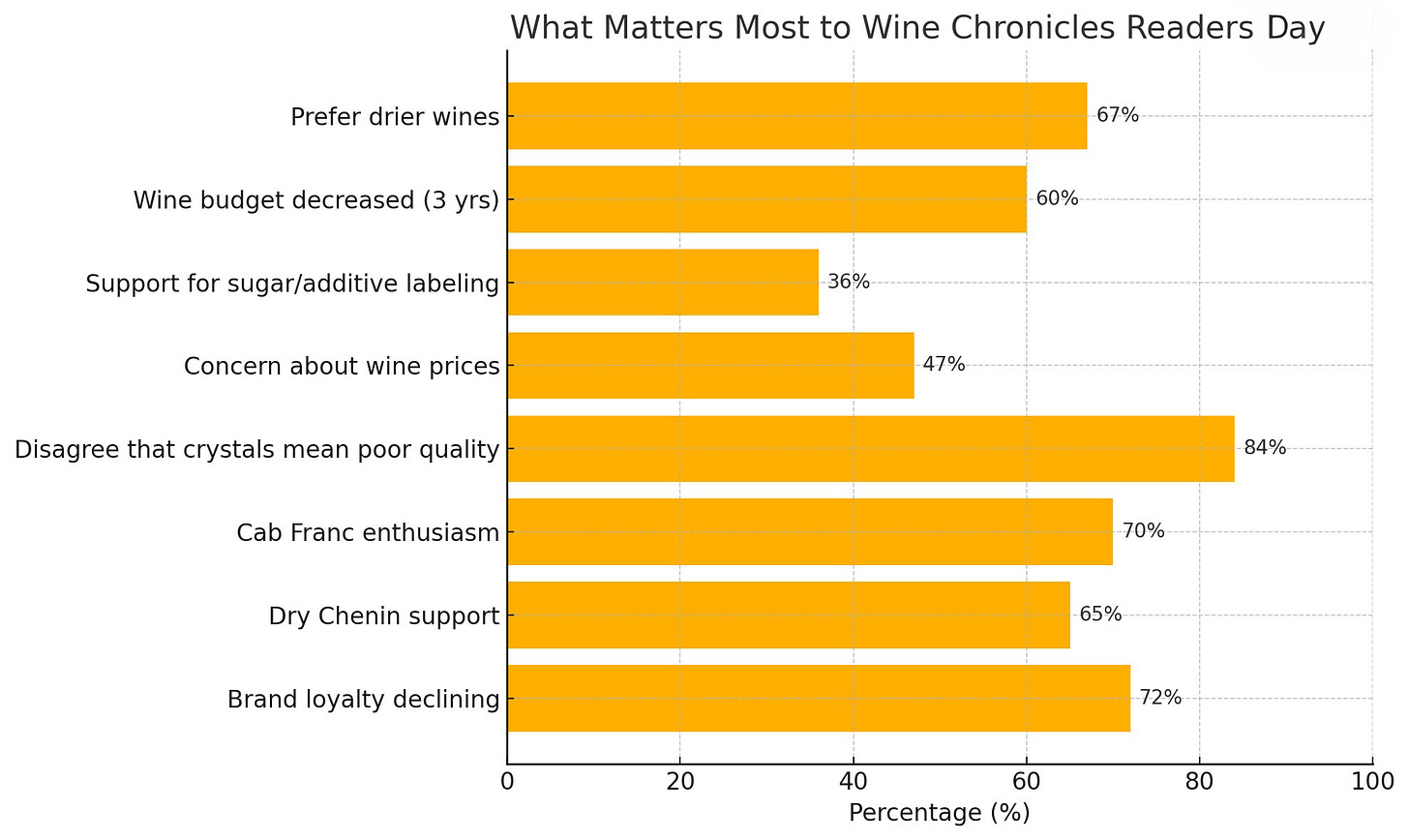
Voices From the Comments
“CF is synonymous with Saumur and Chinon for me, and I prefer that style.” – Gerry Turgeon
“Don’t forget the 1984 vintage …” – George Ronay
“More off-dry chenin, please!” – Chris C.
“Keep writing!” – Toni Allegra
“Interest rates and inflation are a big part of this, too … I’m with you on two years [until the situation returns to normal].” – Robin Baggett
“Seltzers and beers seem to be the go-to now … wine just isn’t assumed anymore.” – Yvonne Baginski
“I haven’t bought a Napa Valley wine in years — but I still buy the sparkling.” – Catherine
“Corkage fees like concert tickets, tasting rooms priced like hotels — it’s not sustainable.” – Tobin Trevarthen
“It will resolve, but the industry will be smaller when it does.” – Paul Krsek
“Too many vines. Too many wineries. Not enough focus on agriculture.” – @ruralangwin
These comments — just a few among many — underscore what sets Wine Chronicles apart: Dan Berger’s decades of experience and readers like you who bring insight, perspective and experience to every conversation.
—
Dan Berger has been writing about wine since 1975.
Wine Discovery:
2023 Luminara Alcohol Removed Cabernet Sauvignon, Napa Valley ($21) – Efforts to produce alcohol-free wines have been largely unsuccessful if the goal is to make a beverage that has the both the aroma and the taste of traditional table wine. But that doesn’t mean that, with the help of modern winemaking science, companies can’t provide a non-alcoholic winelike product that tastes good enough to provide food compatibility as well as some decent flavors. This product, the creation of Trinchero Family Estates, is truly one of the best alcohol-free products I have ever tasted, even though it takes a bit of imagination to appreciate it. It was served to me blind, so I did not know that it had no alcohol at all. The aroma is a little curious because it doesn’t smell particularly like wine as much as it does something fermented that’s akin to a baked good, more like Christmas cookies with a trace of cardamom or ginger. What I found to be fascinating is that the taste reminded me of a cold-climate merlot because the tannins were beautifully managed, and the best part of the product was that it is tart enough to work with food. I guessed that it had less than 12% alcohol and was surprised to learn that it had zero. Considering how difficult making alcohol-free wine is, this is a surprising and tasty step forward.
Today’s Polls:
This Week's Word Challenge Reveal:
The correct answer is C: Punching down grape skins.
“Pigeage” is a traditional winemaking practice in which the thick layer of grape skins, seeds and pulp — called the cap — that floats to the top during fermentation is pushed back down into the juice. This helps mix the fermenting wine, extract deeper color, tannin and flavor, and prevents the cap from drying out or becoming a site for spoilage.
The term comes from the French word piger, meaning “to push,” and the practice has been central to classic Burgundian winemaking for centuries. Winemakers would use a long wooden or metal pole — sometimes called a pigeage stick — to manually punch down the cap, often twice a day. The process promotes even fermentation and enhances a wine’s structure and aromatics.
Though pigeage has largely been replaced in modern wineries by pump-overs or mechanical punch-down tools, it remains a favored technique among artisanal producers and in natural winemaking, especially with pinot noir. For many, pigeage symbolizes hands-on craftsmanship — a blend of physical labor and finesse that reflects centuries-old cellar traditions.
Explore These Related Articles:
Browse All Napa Valley Features Stories
—
The views, opinions and data presented in this article are those of the author and do not necessarily reflect the official policy, position or perspective of Napa Valley Features or its editorial team. Any content provided by our authors is their own and is not intended to malign any group, organization, company or individual.







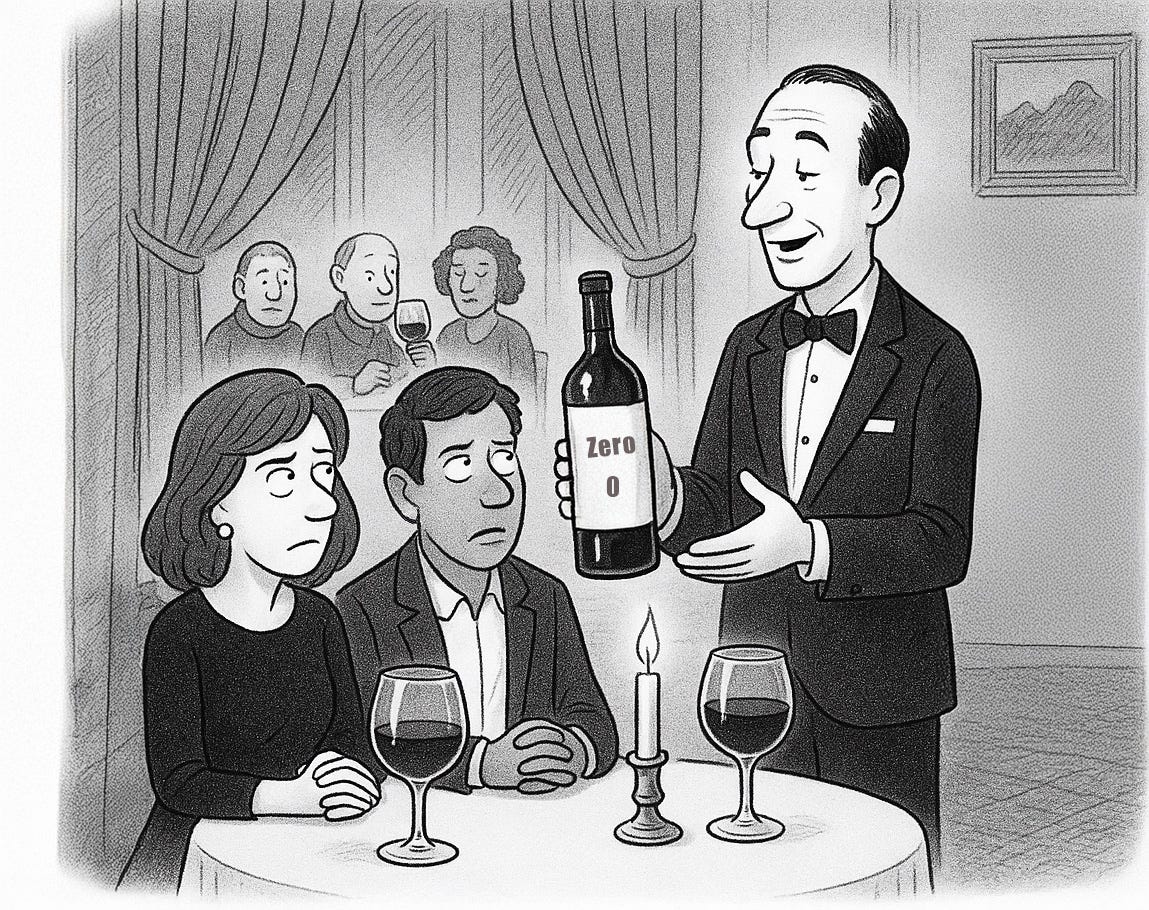



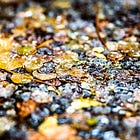
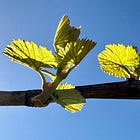



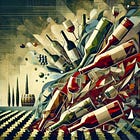

I don’t believe I will ever have an interest in NA wines - the low alcohol wines and sparkling at 12-13.5% are what I look for. I want a wine that has been crafted in the vineyard and the cellar by people who love and know their craft. As a Viticulturist I know that it is still possible to make these wines in spite of climate change and wine writer preferences.